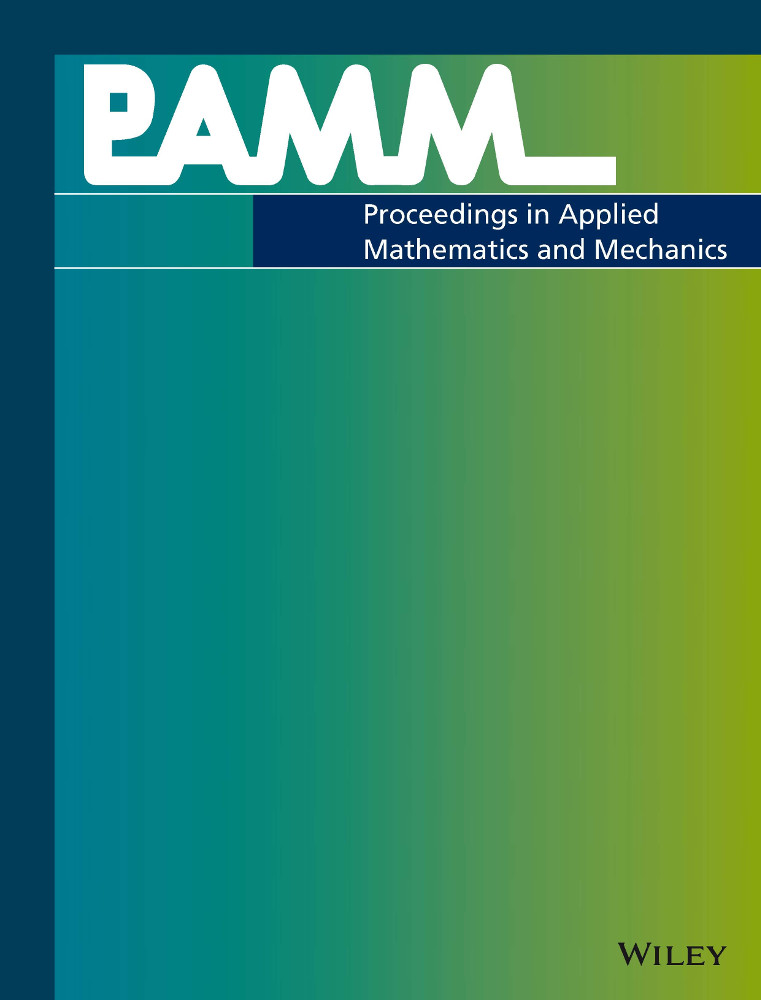Phase-field Fracture Based on Representative Crack Elements (RCE): Inelastic Materials, Friction, Finite Deformations, Multi-physics
Abstract
The concept of representative crack elements has been successfully introduced to phase-field fracture in previous publications, where anisotropic elasticity [1], visco-elasticity [2], elasto-plasticity and crack surface friction [3] are considered at small deformations. This framework allows to overcome unrealistic predictions for the crack kinematics, reported e.g. in Strobl and Seelig [4], and Steinke and Kaliske [5], known from phase-field models with approximations for the crack closure behaviour based on volumetric-deviatoric, spectral or similar splits of stress or strain tensors.
In the current contribution to the method of phase-field fracture, the framework for representative crack elements is shown for finite deformations and fully coupled thermo-mechanics. The iterative solution scheme for the representative crack element and the variational homogenisation method are sketched. Applications to elasto-plasticity, crack surface friction, finite deformations and thermo-mechanics with heat radiation through the crack demonstrate the flexibility of the framework.




